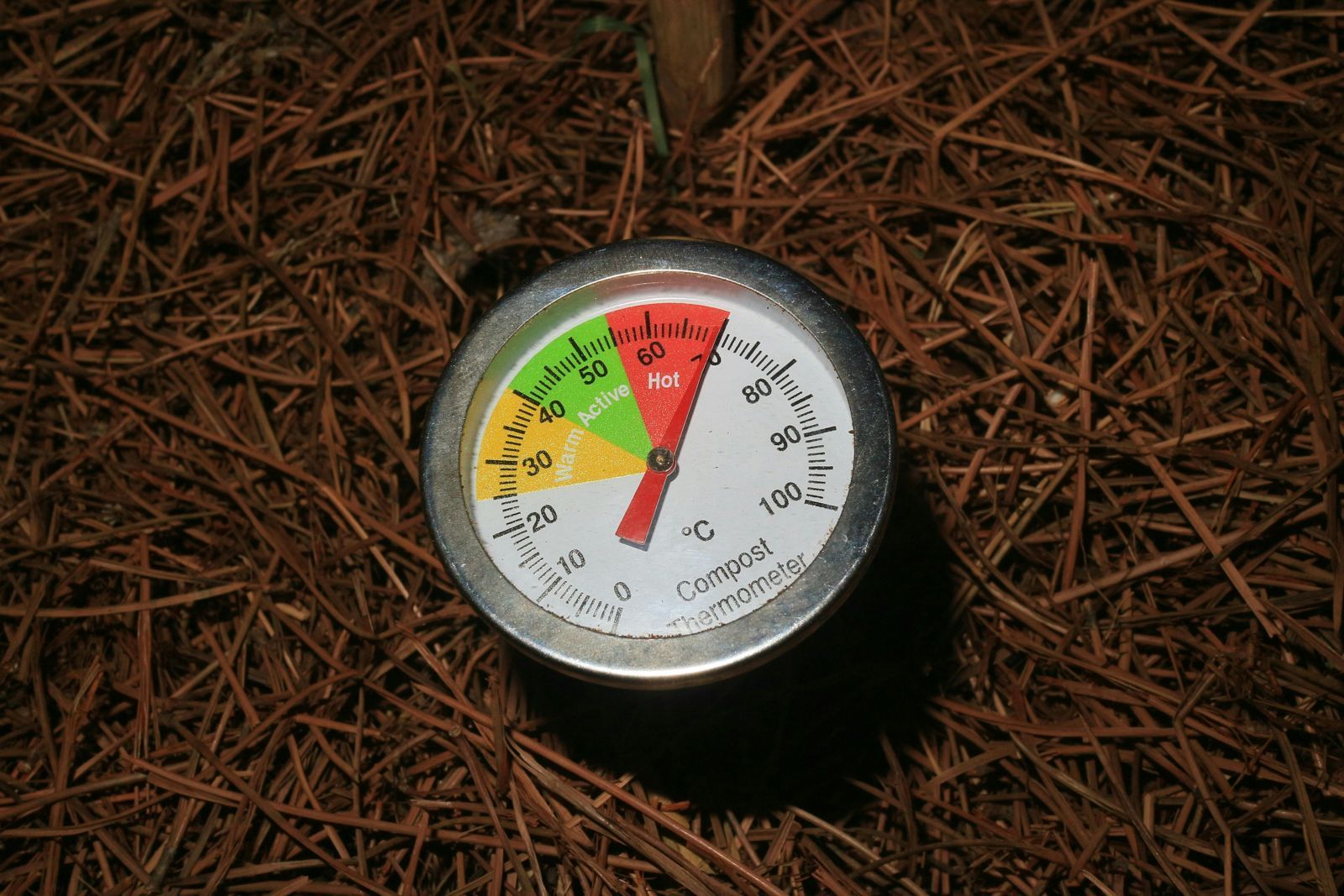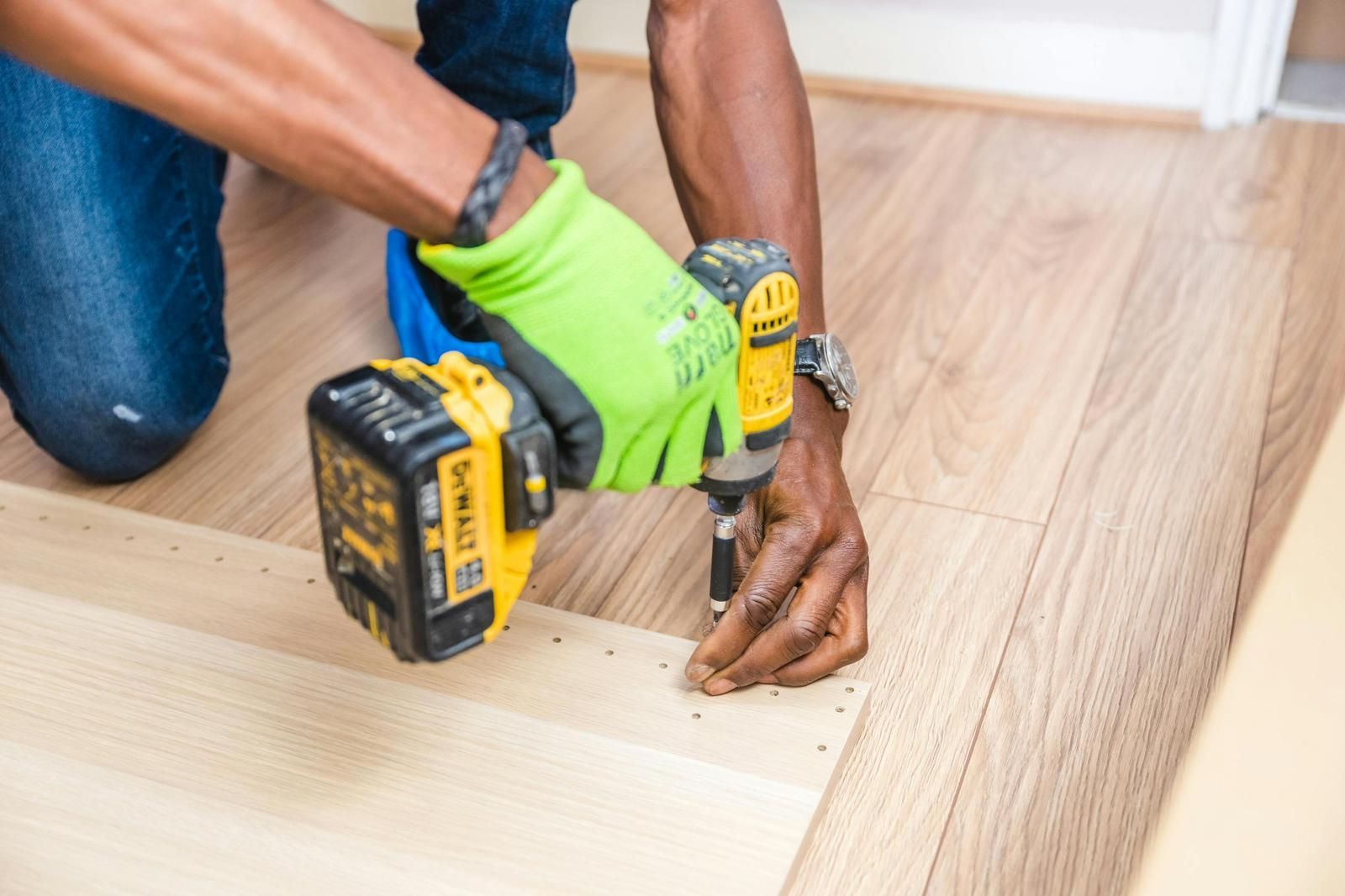Stop Heat Loss in Your Home: The Air Source Heat Pump Solution to Thermal Bridging
Understanding Thermal Bridging
Thermal bridging occurs when materials with higher thermal conductivity create pathways for
heat loss across your home's insulation barrier. These bridges typically form around windows, doors, and where walls meet floors or roofs. In traditional heating systems,
thermal bridging can increase energy bills by up to 30% as your system works harder to maintain comfortable temperatures.
The Hidden Impact on Your Energy Bills
When
heat escapes through these thermal bridges, your heating system must produce more energy to compensate. This continuous cycle leads to increased energy consumption and higher utility bills. Most homeowners don't realise that addressing
thermal bridging is as important as upgrading their heating system.
How Air Source Heat Pumps Make a Difference
Air-source heat pumps offer an effective solution to combat the effects of
thermal bridging. These systems work by transferring
heat from outside air into your home rather than generating it through combustion. This fundamental difference changes how your home manages
heat distribution.
When properly installed,
air-source heat pumps create a more consistent temperature throughout your home, reducing the temperature differential that drives
heat loss through thermal bridges. Their precise temperature control allows them to respond more effectively to fluctuations caused by
thermal bridging.
Installation Considerations for Maximum Efficiency
Placing your
air source heat pump is crucial in countering
thermal bridging.
Professional installers can identify optimal locations
that minimise the impact of existing thermal bridges in your home.
The exceptional efficiency of modern
heat pumps means they can produce up to three times more
heat energy than the electrical energy they consume, making them an ideal choice for homes struggling with
heat loss issues.
Investing in an air-source heat pump system is a significant step toward a more comfortable, energy-efficient home with substantially reduced
heating costs. The technology continues improving, offering even greater efficiency and performance for homeowners who want to address
thermal bridging and overall energy consumption.
You might also like












